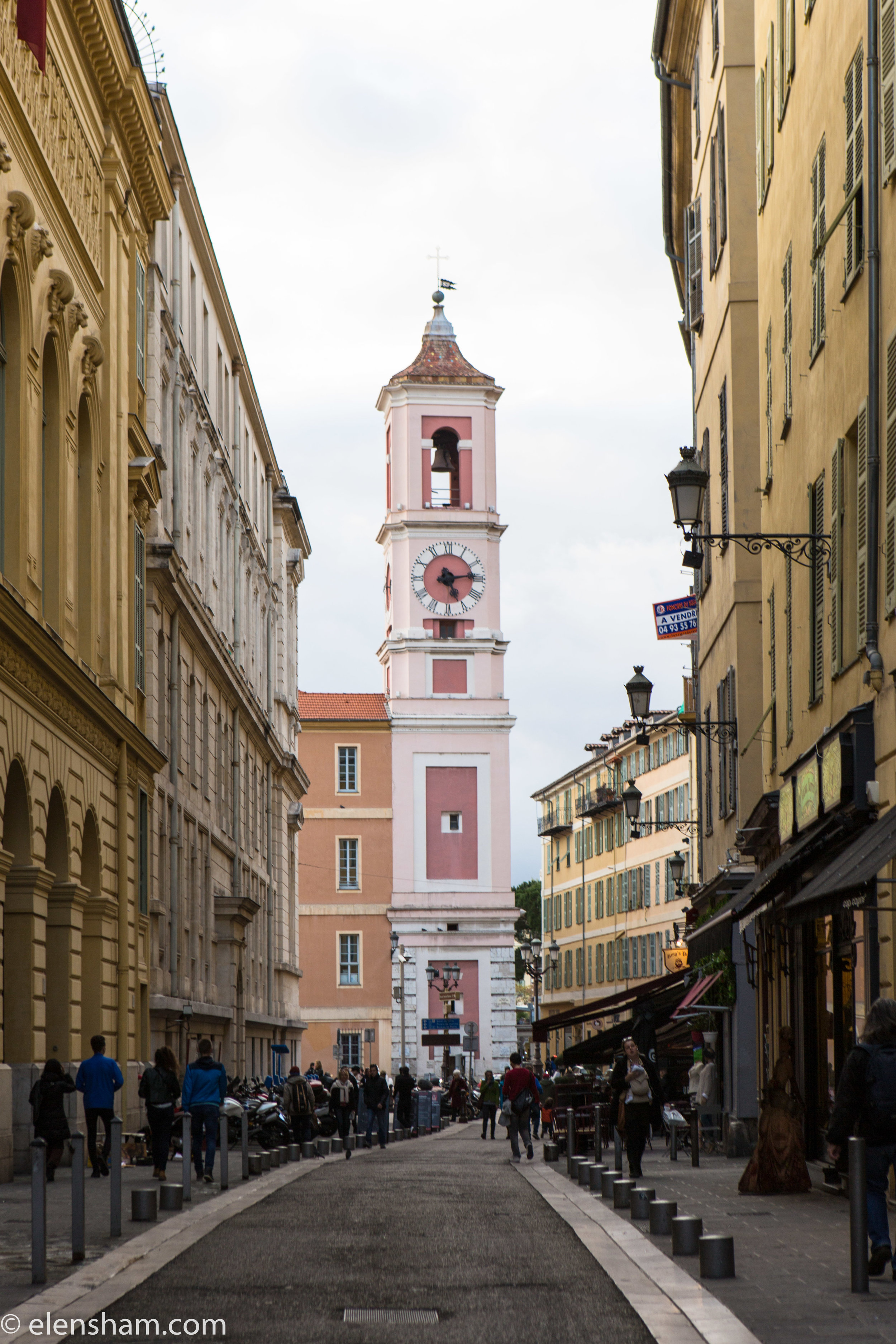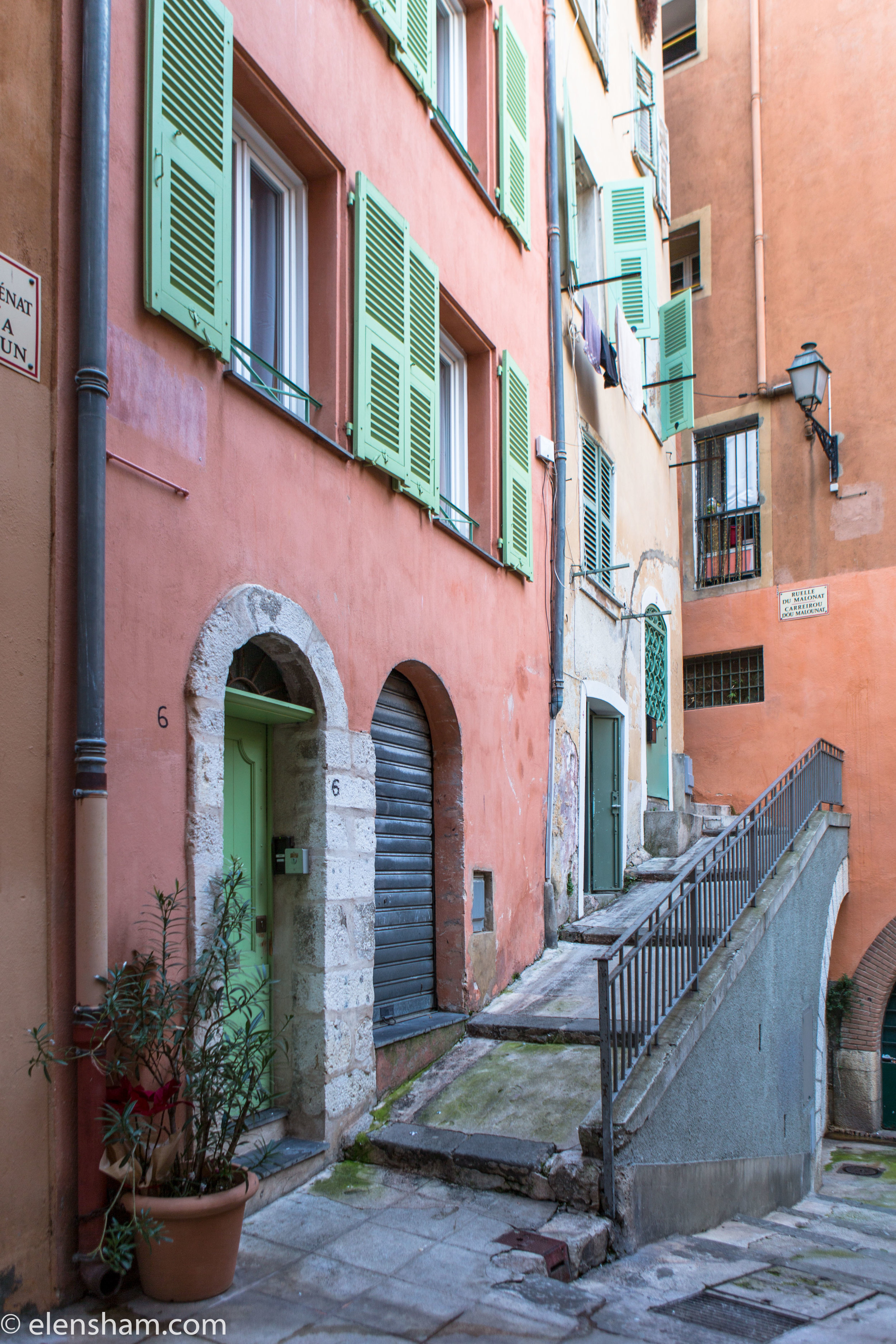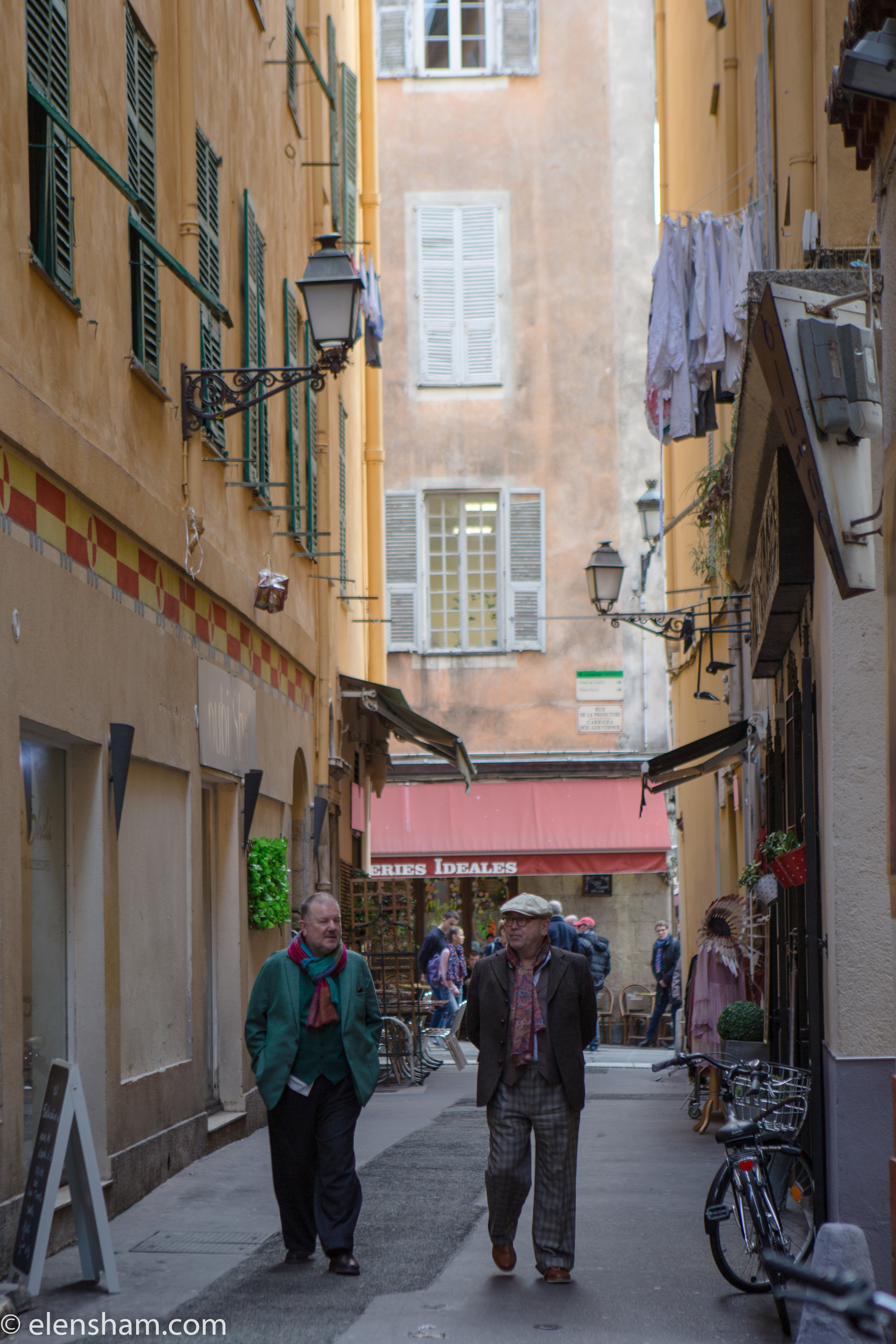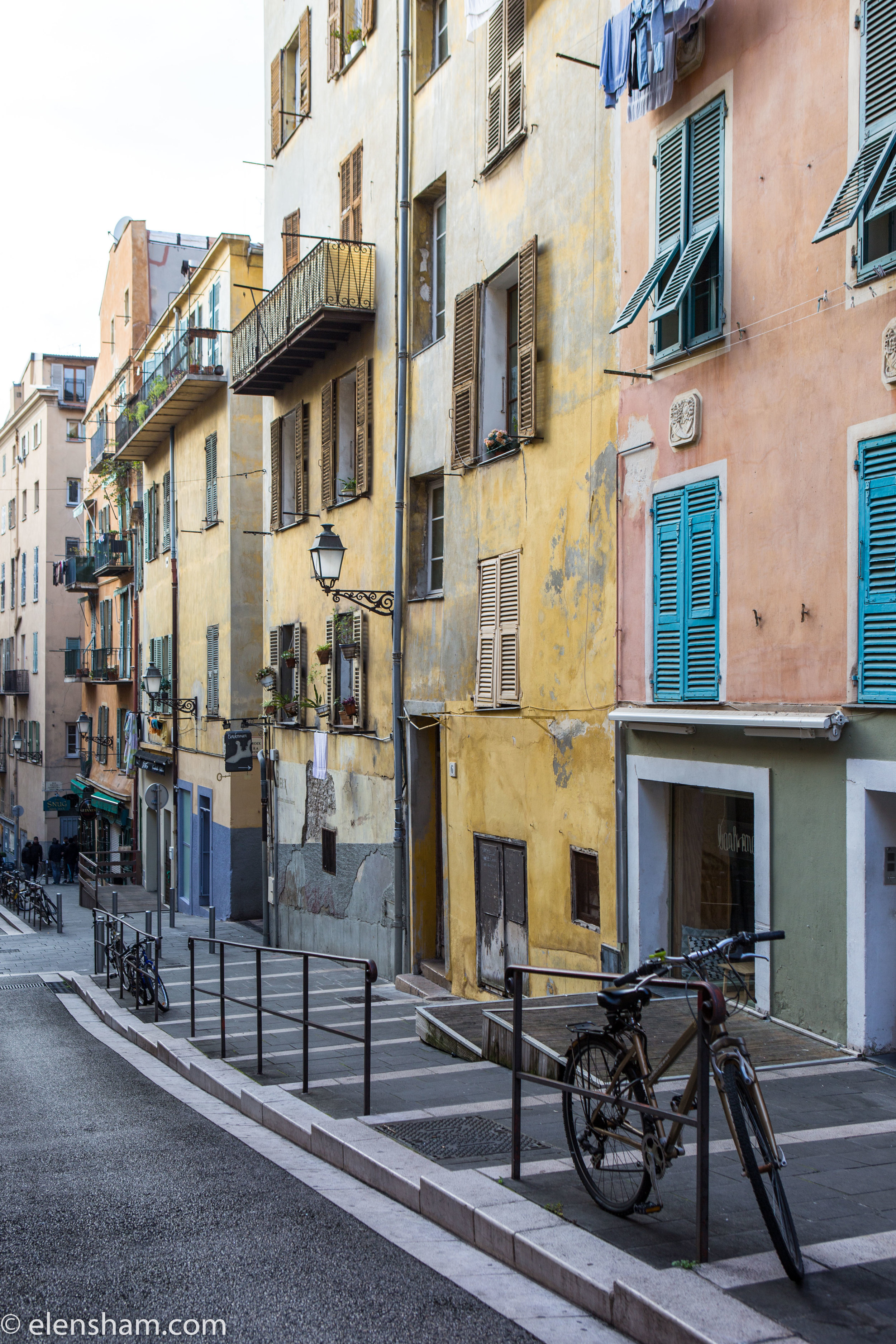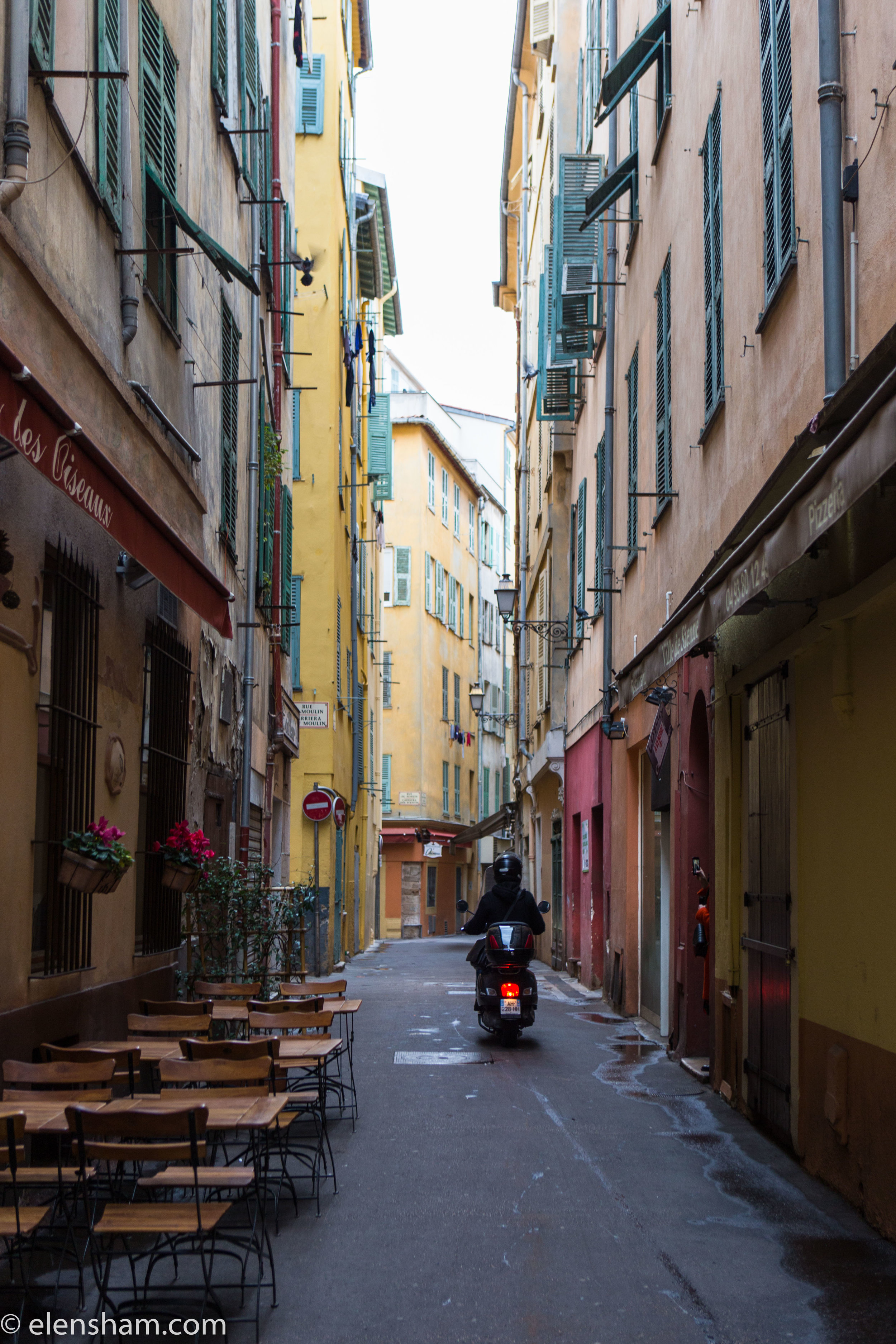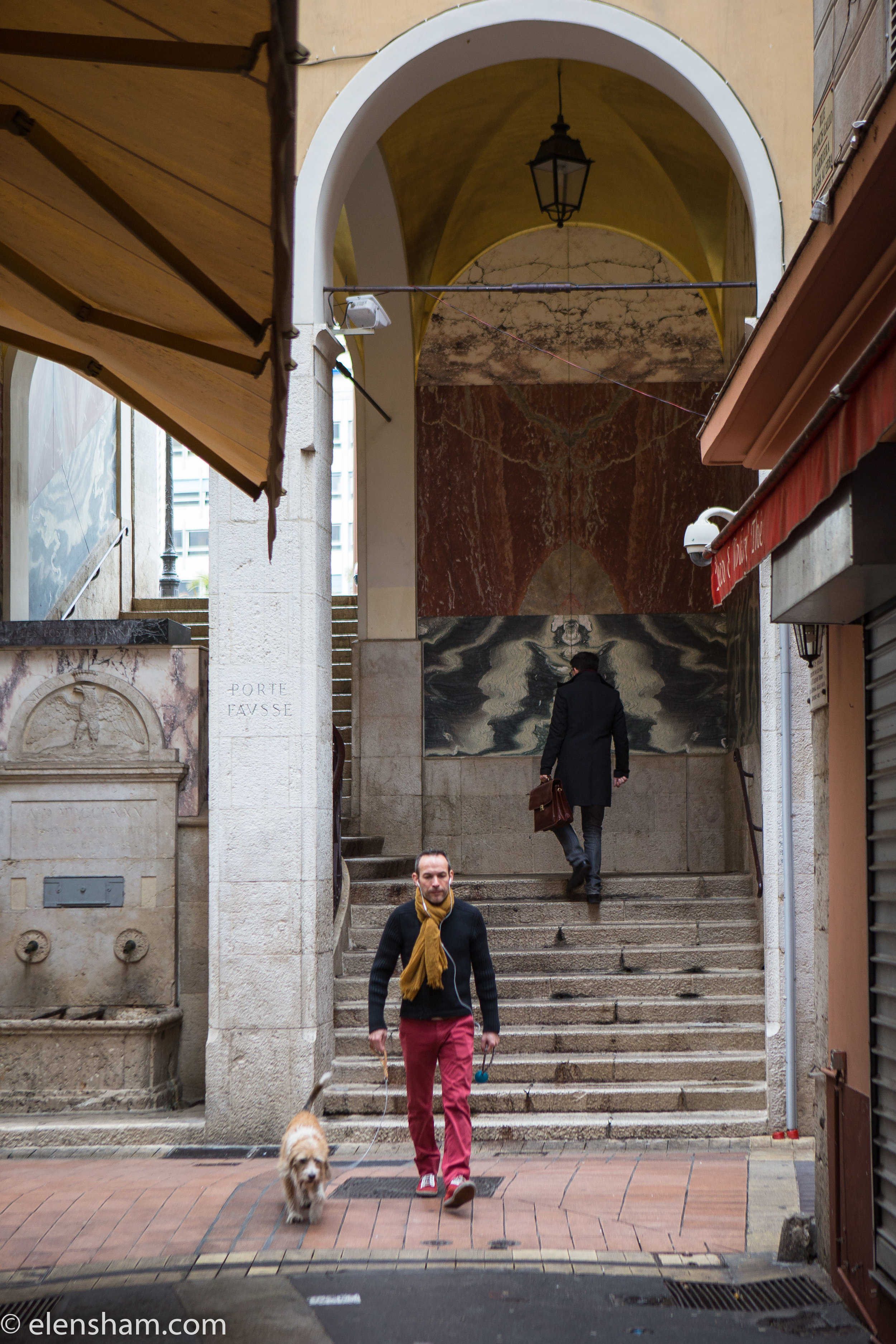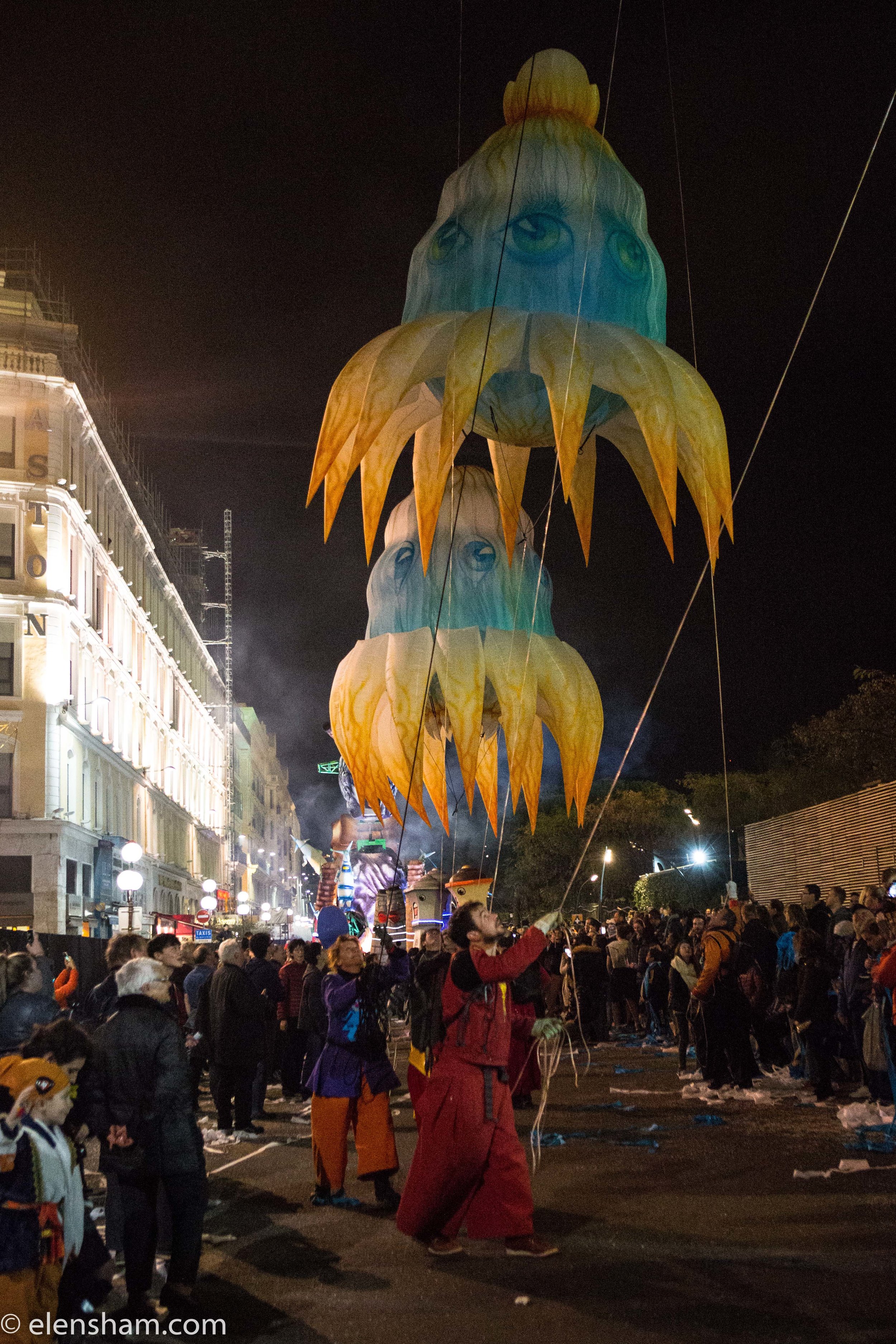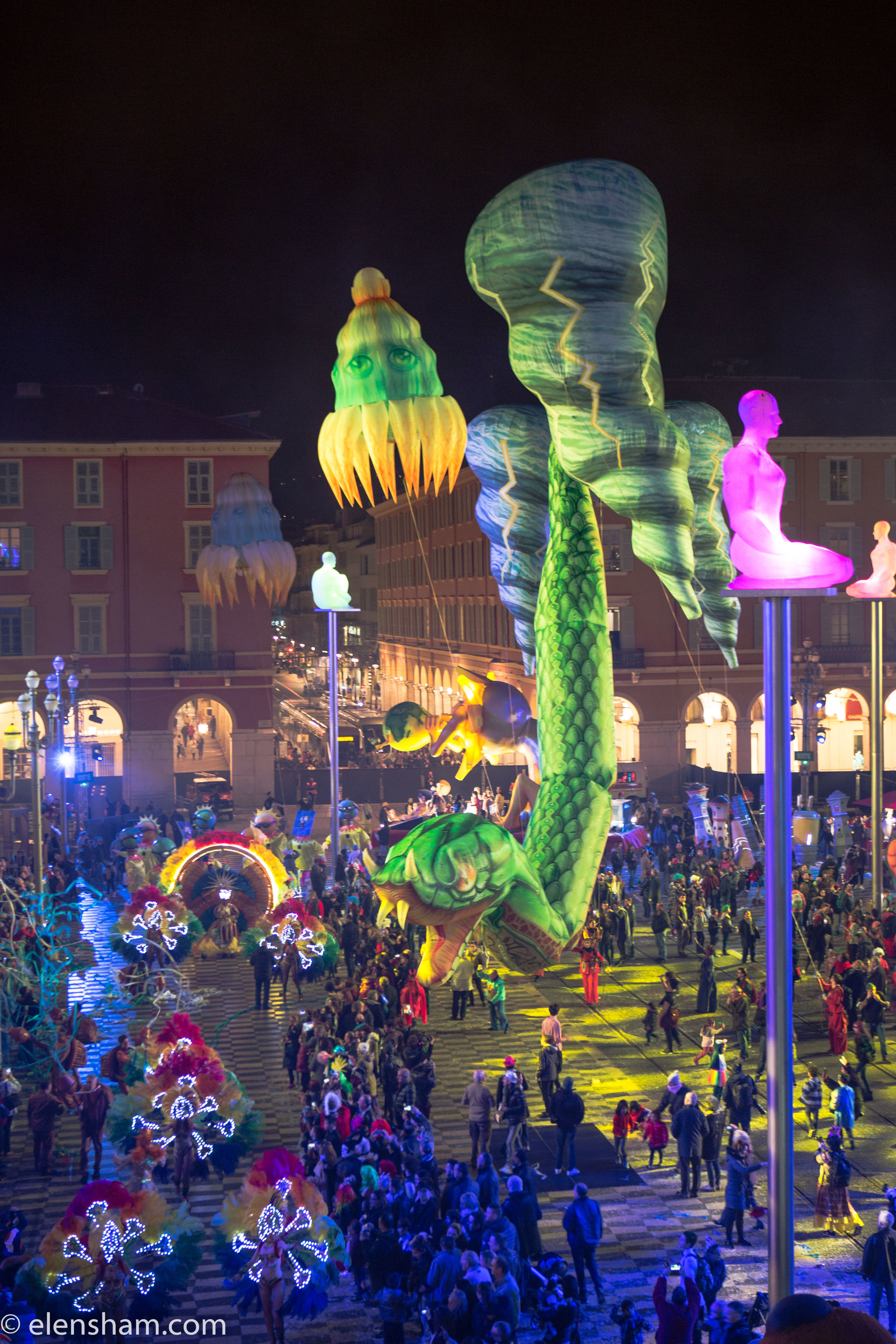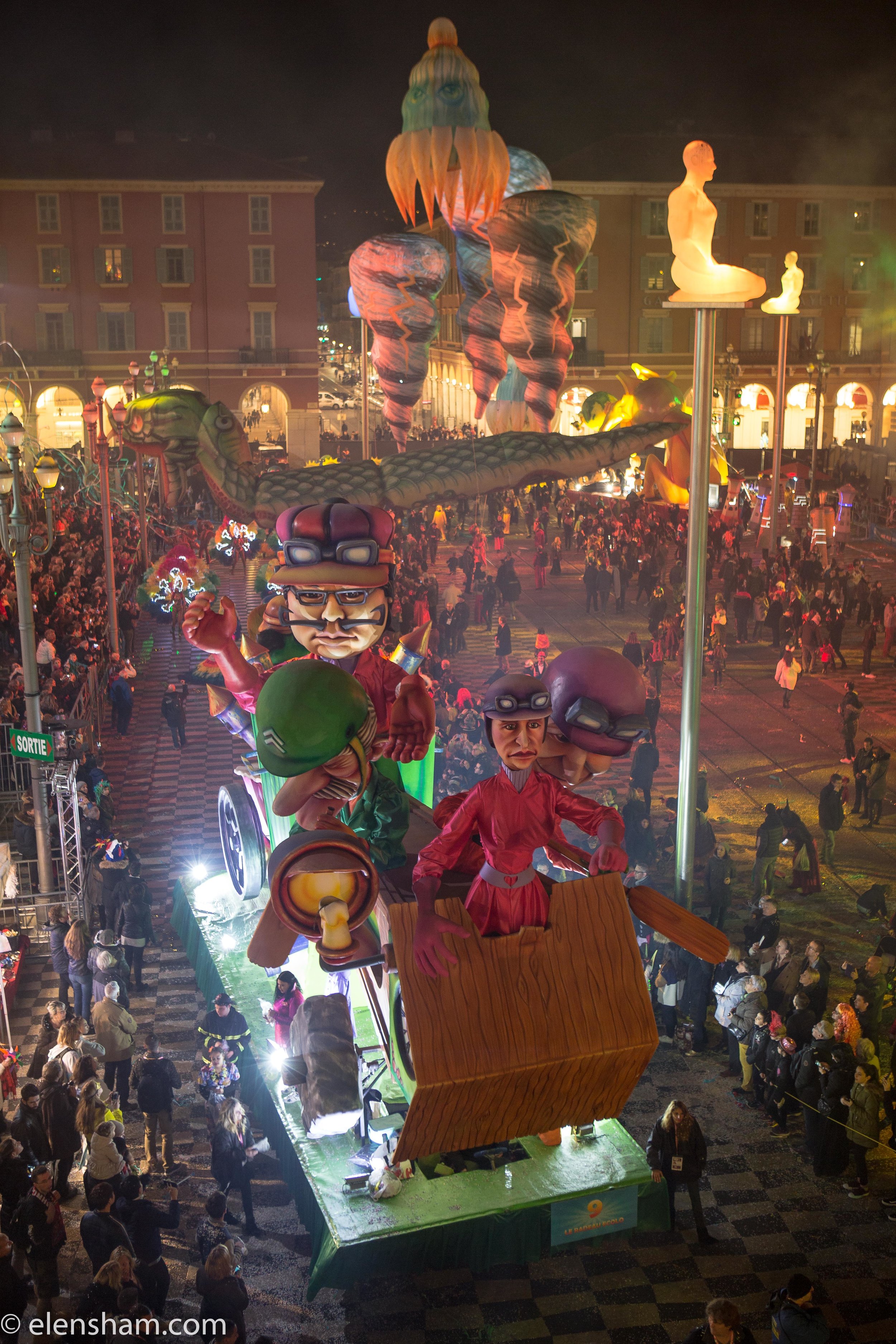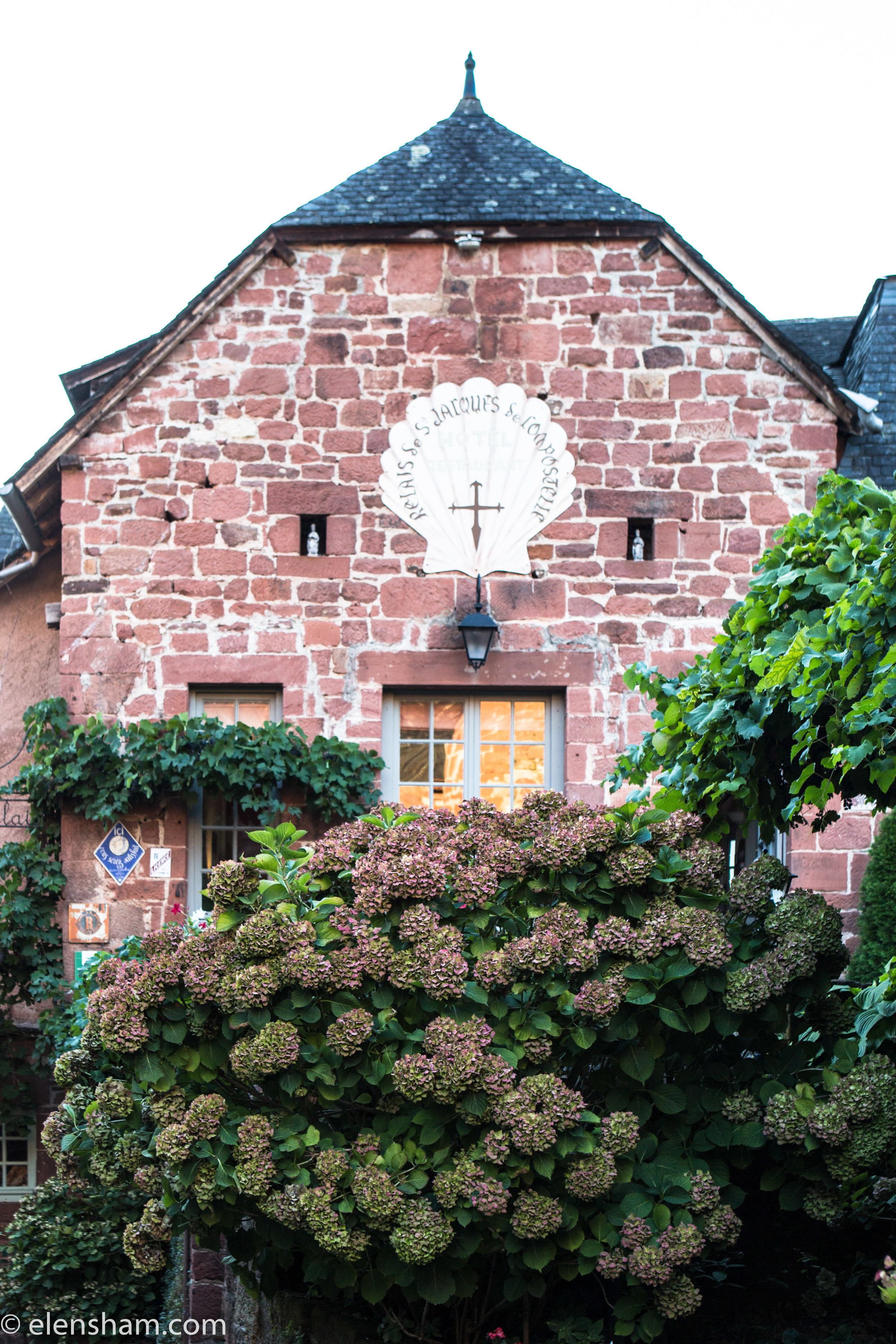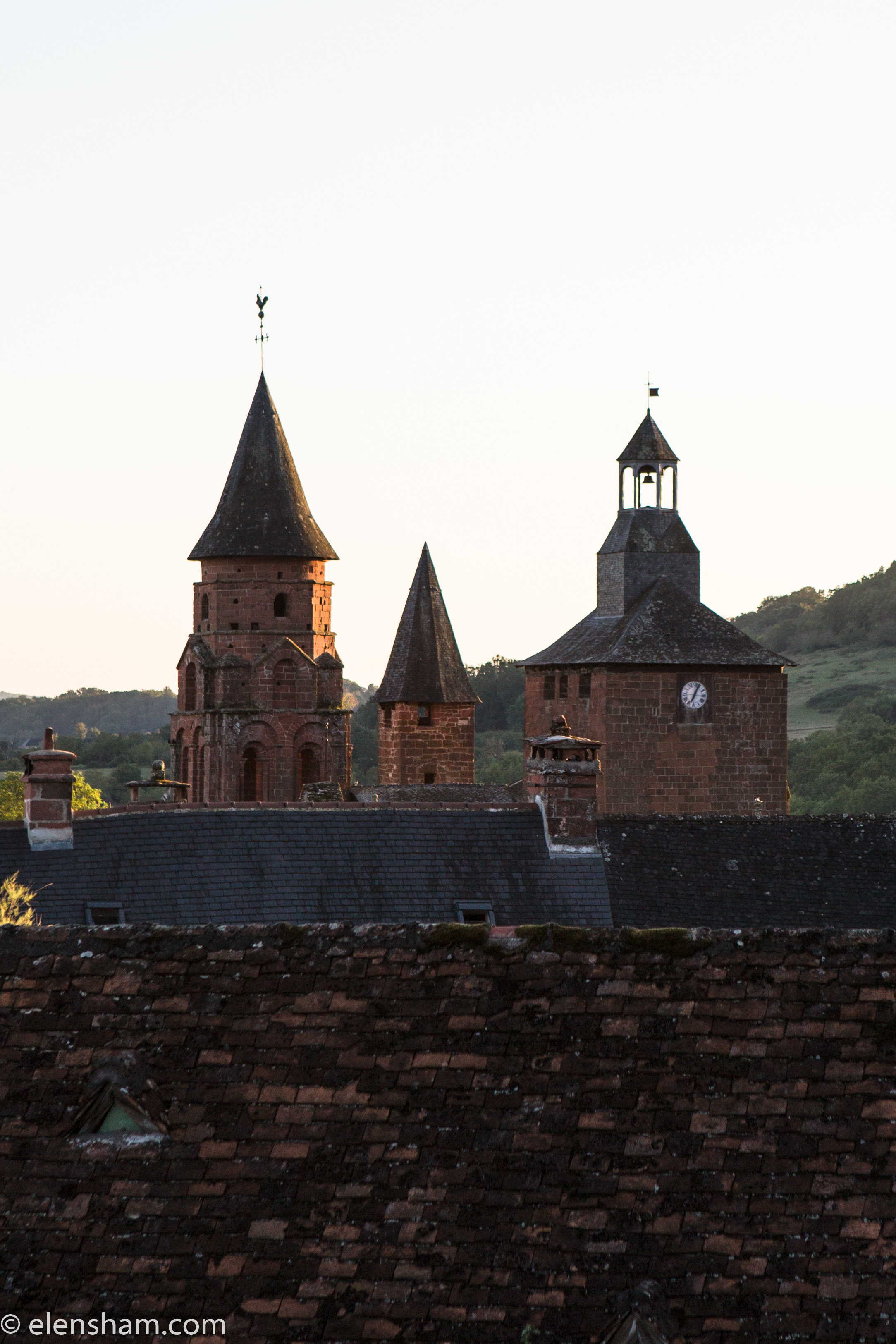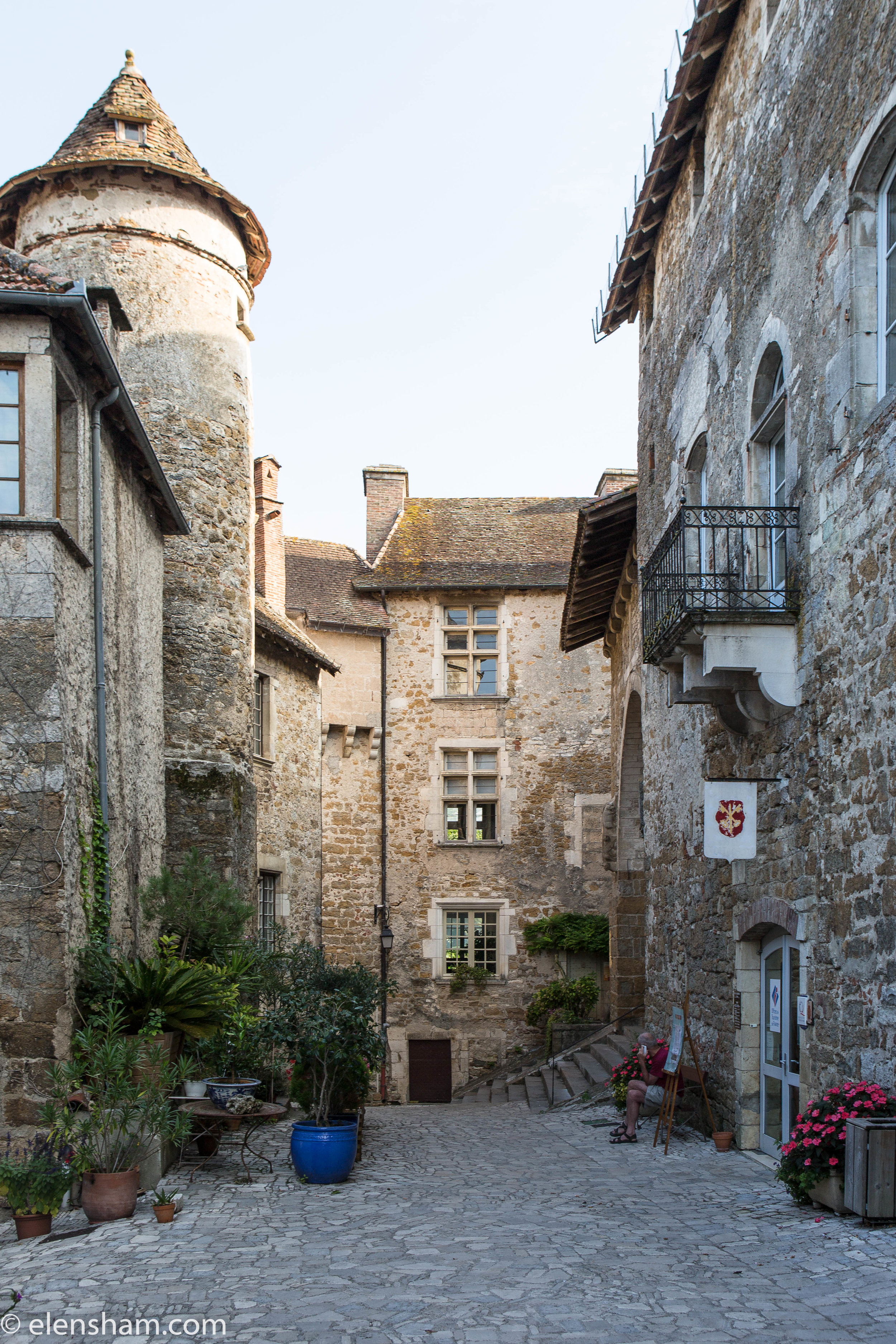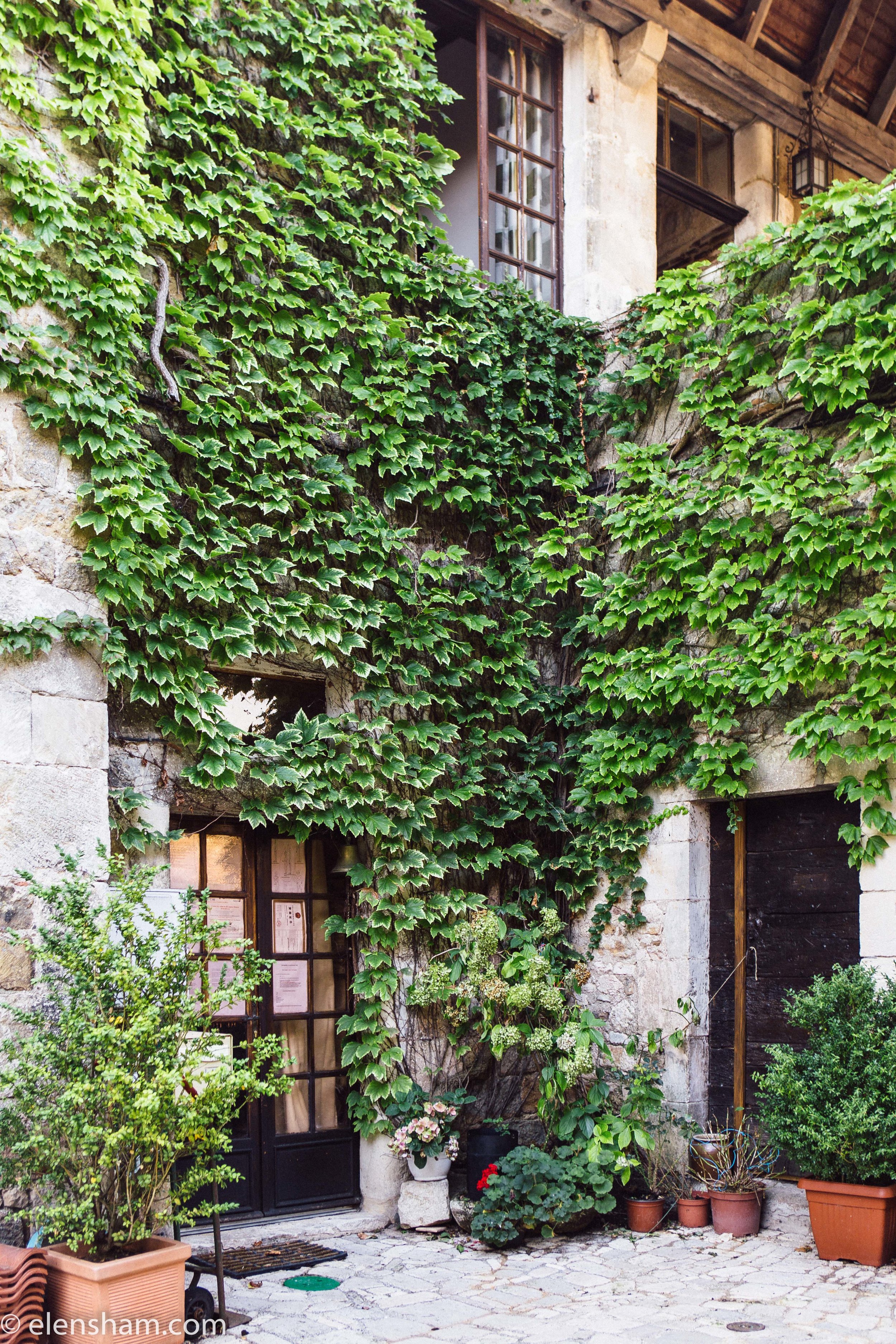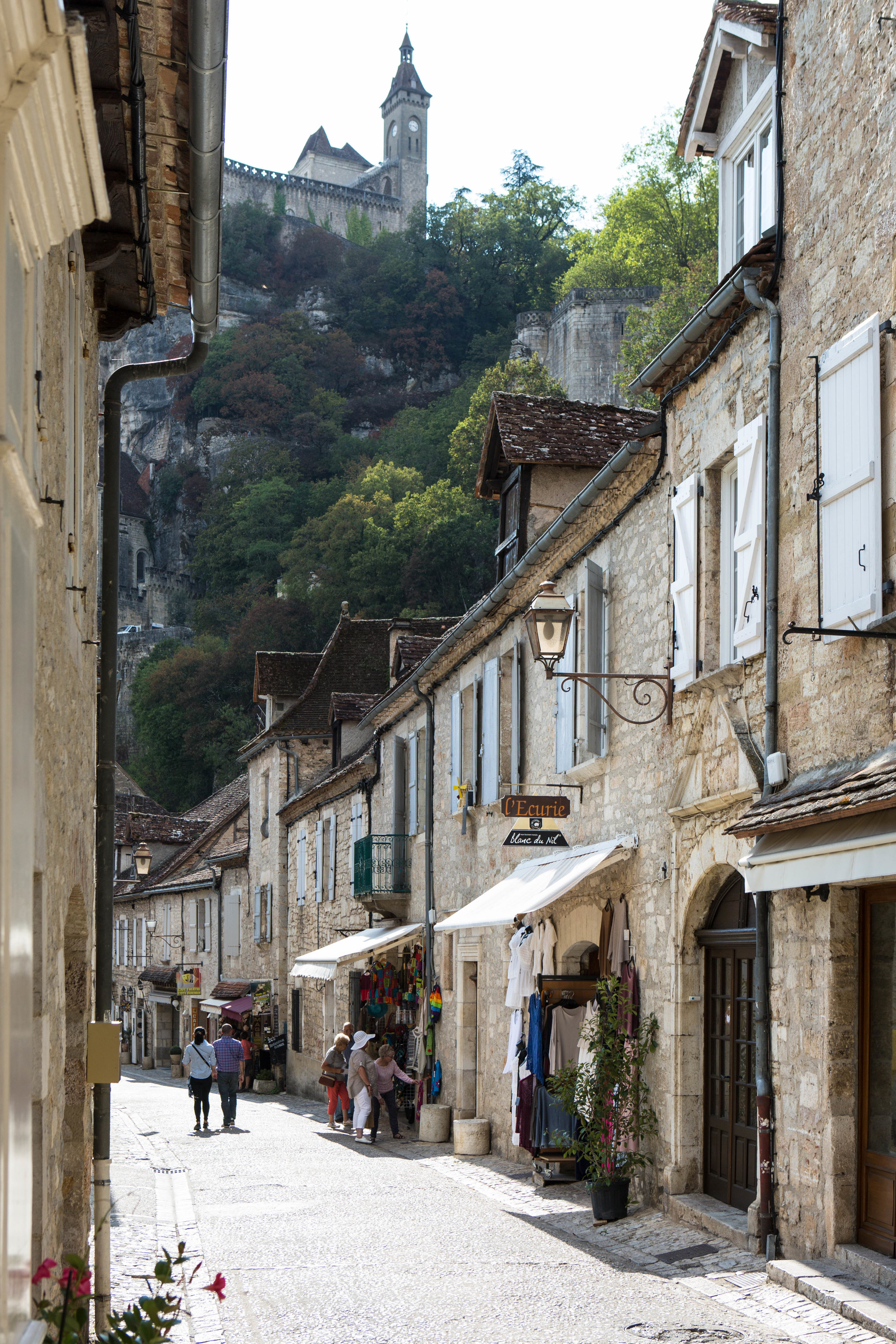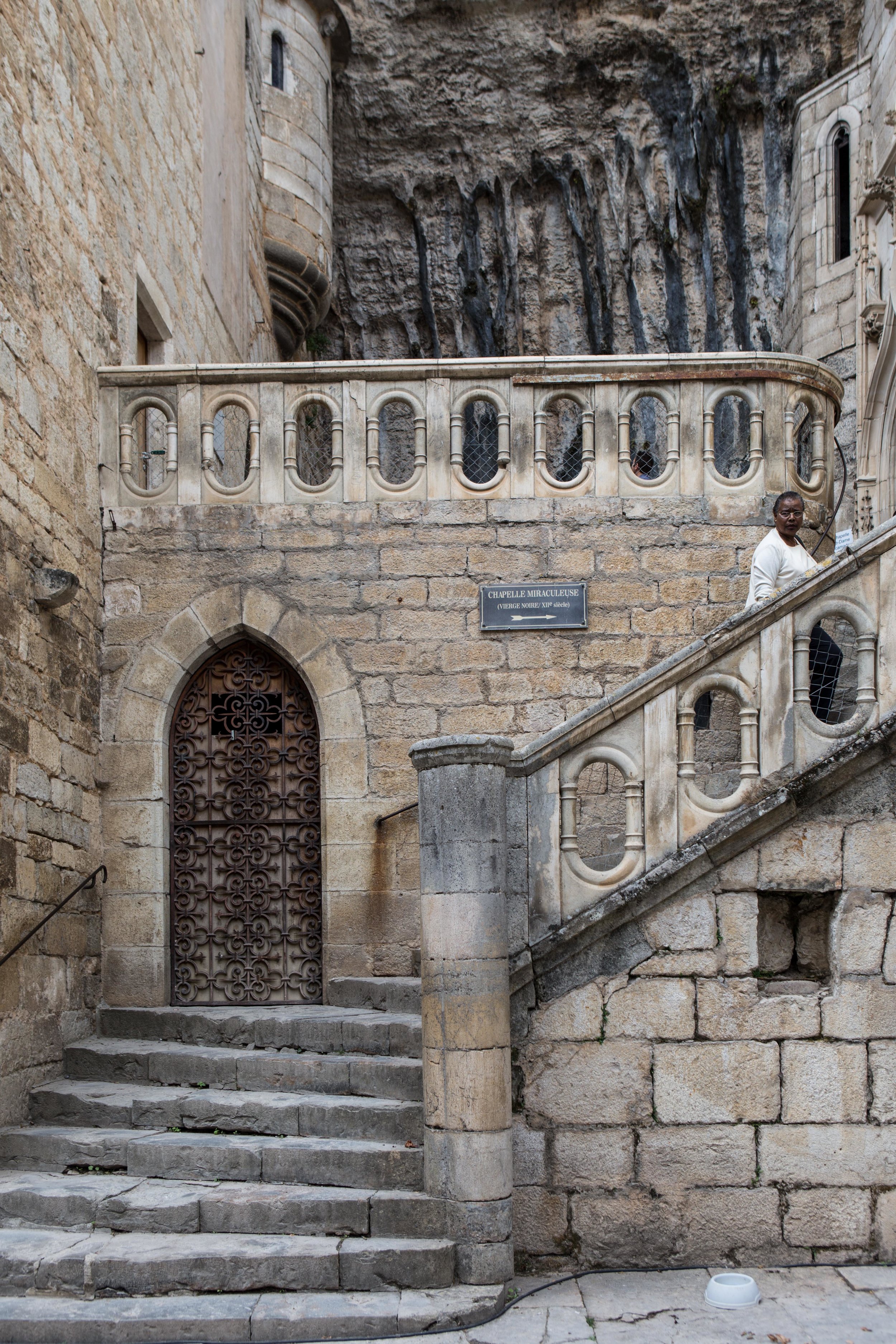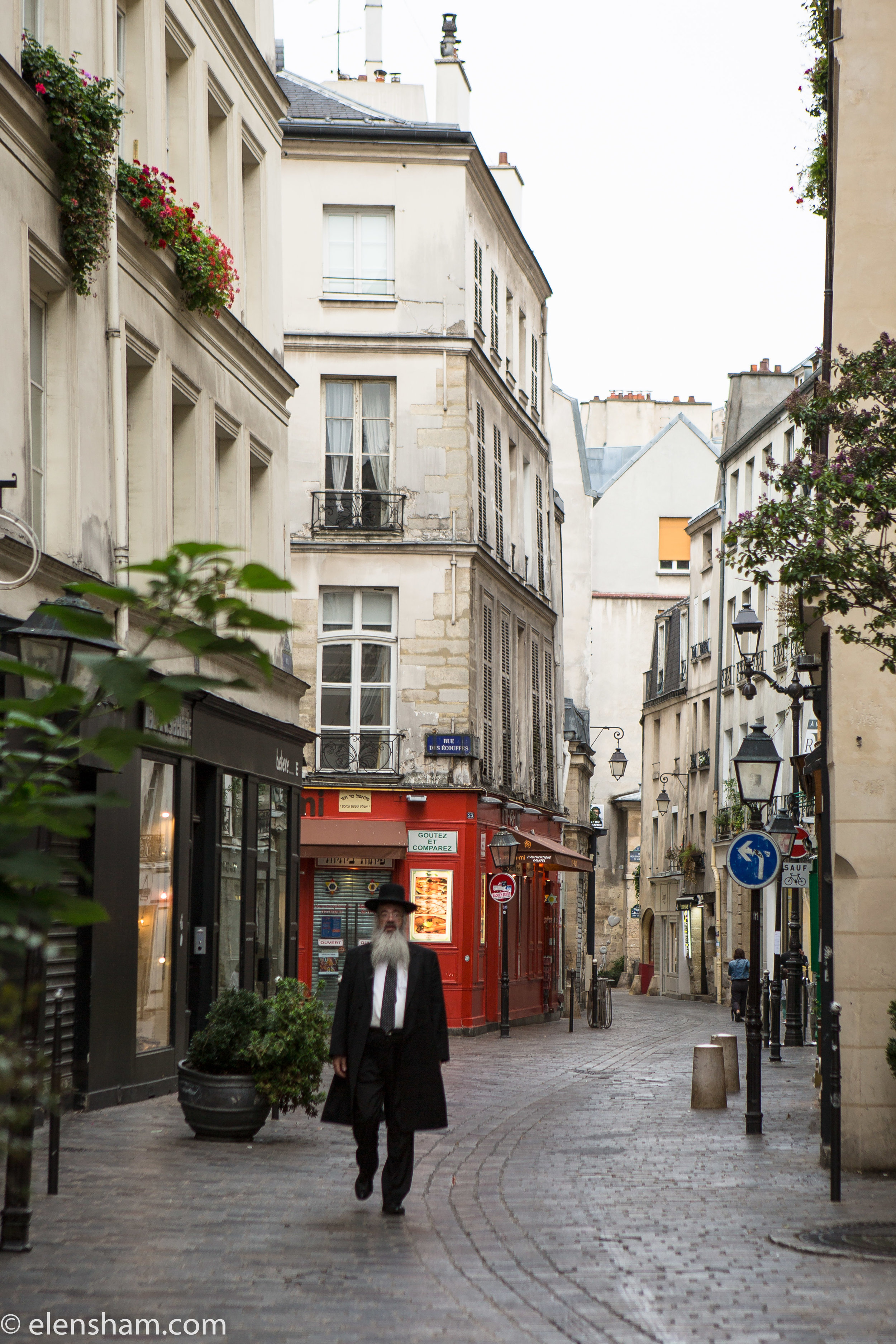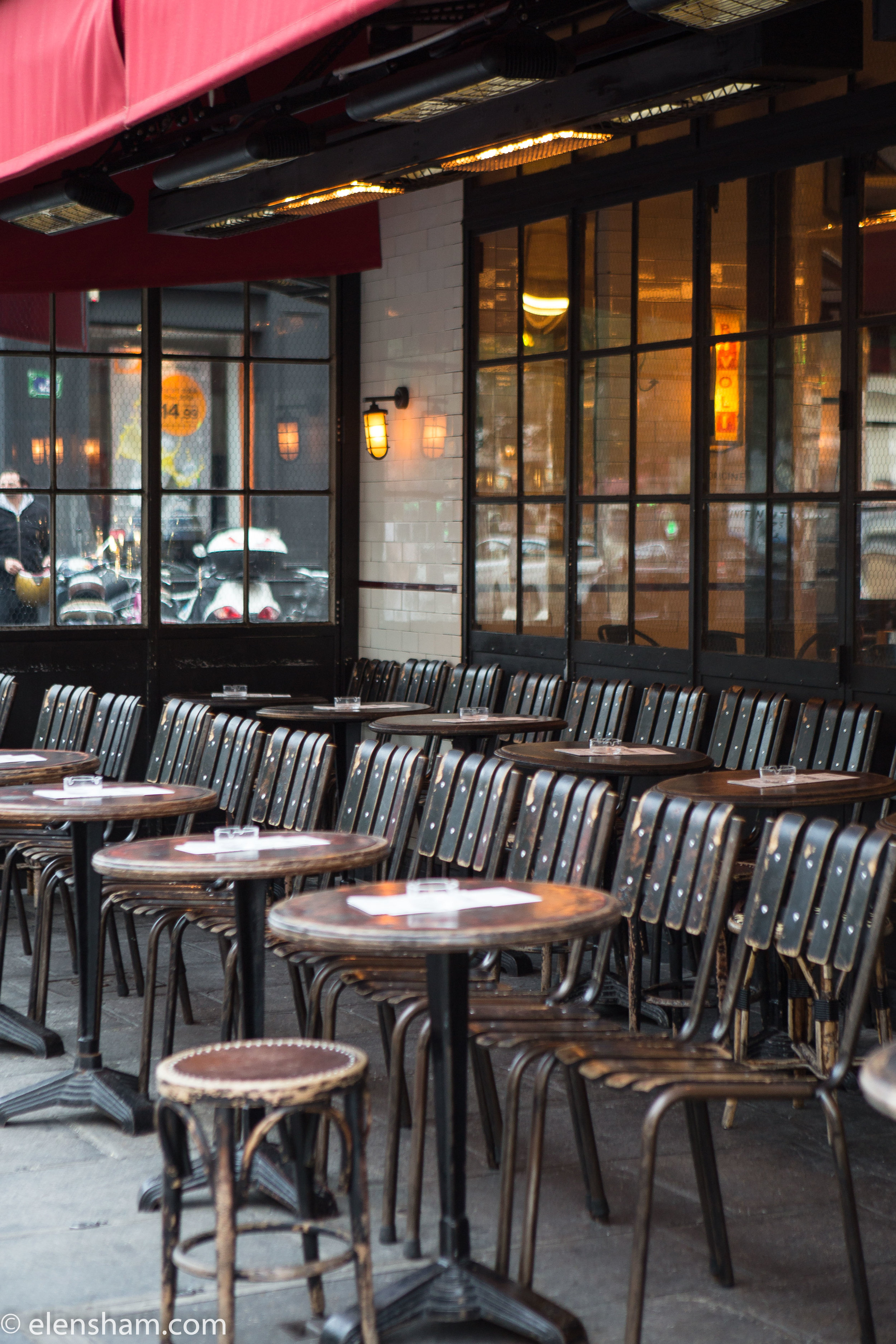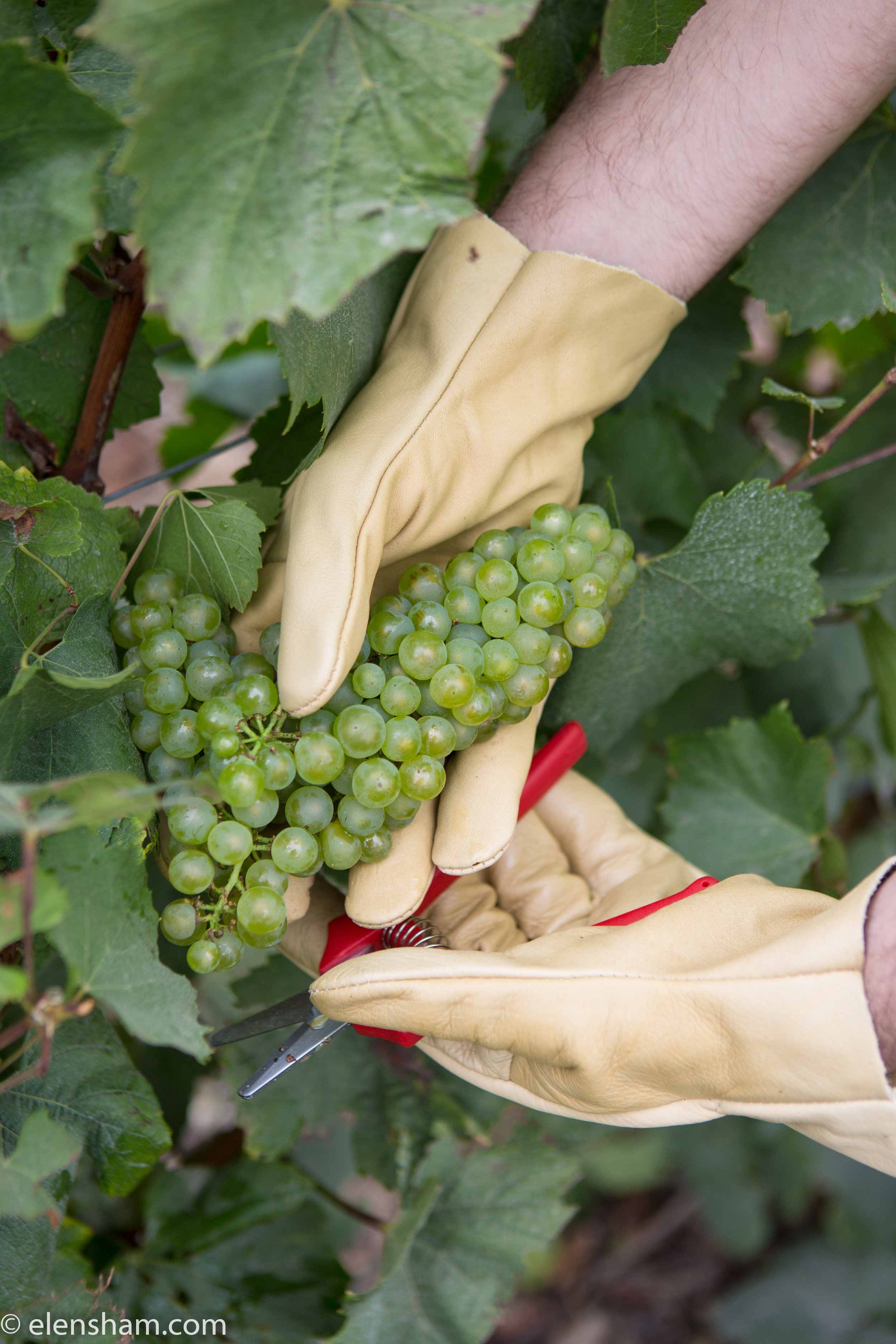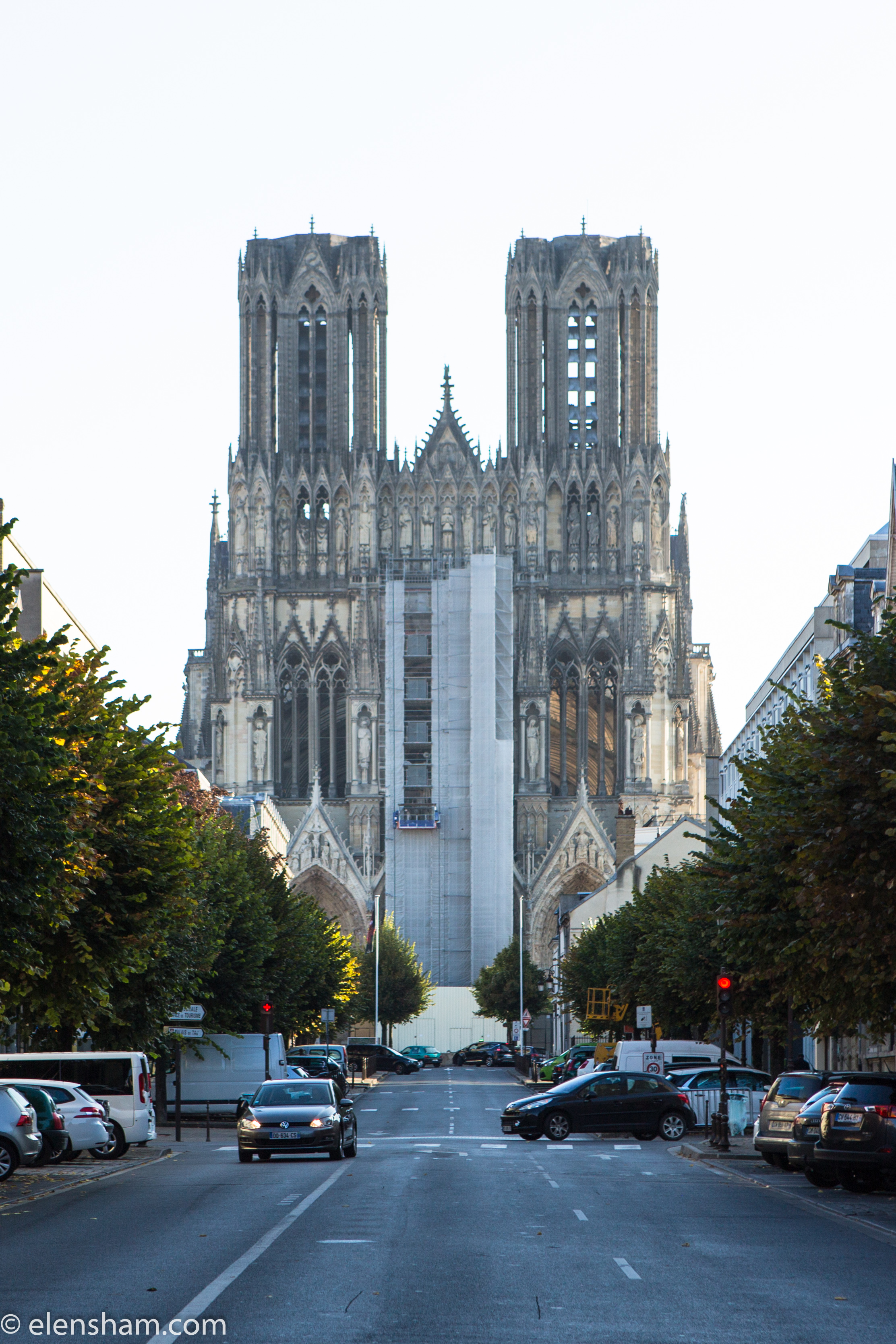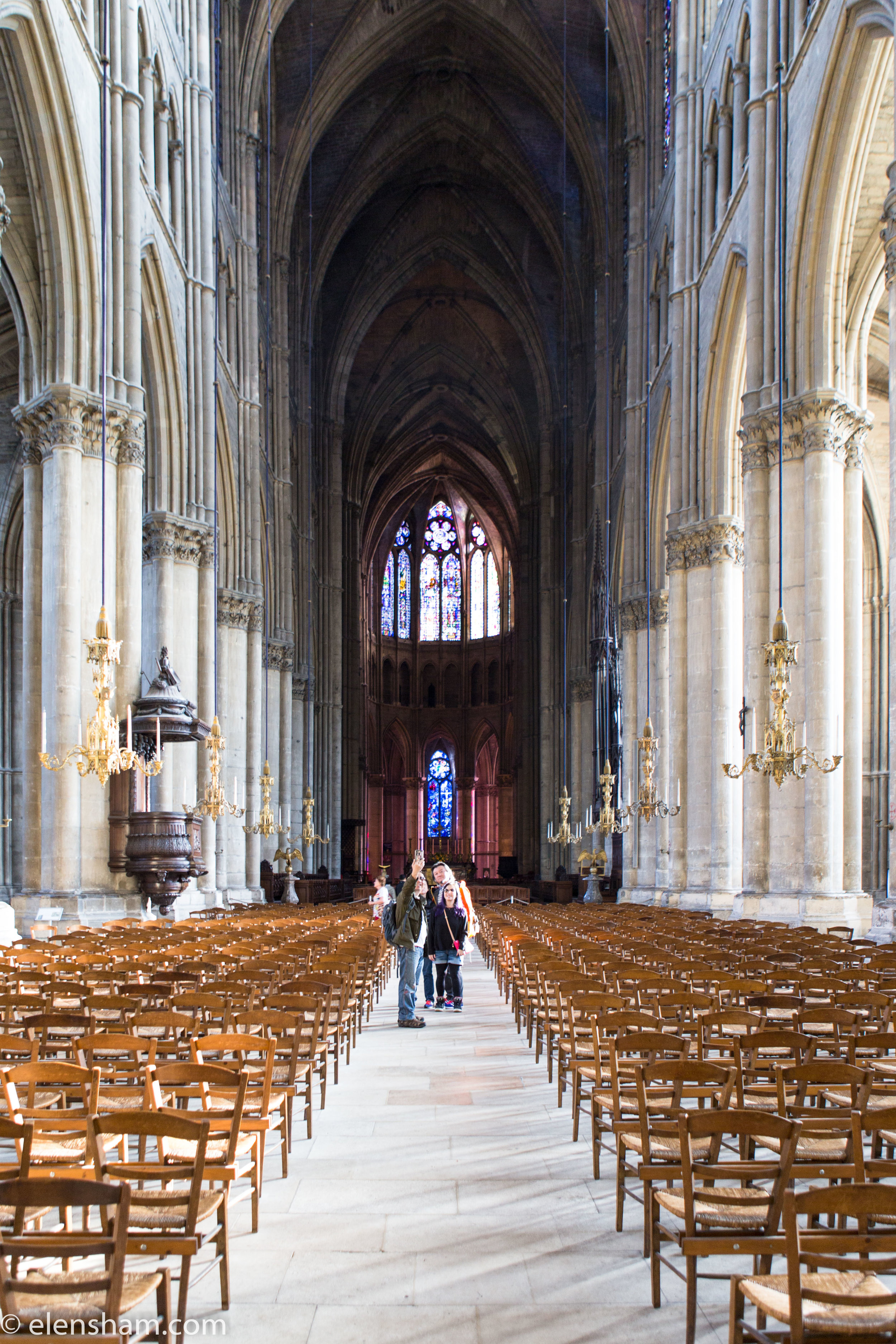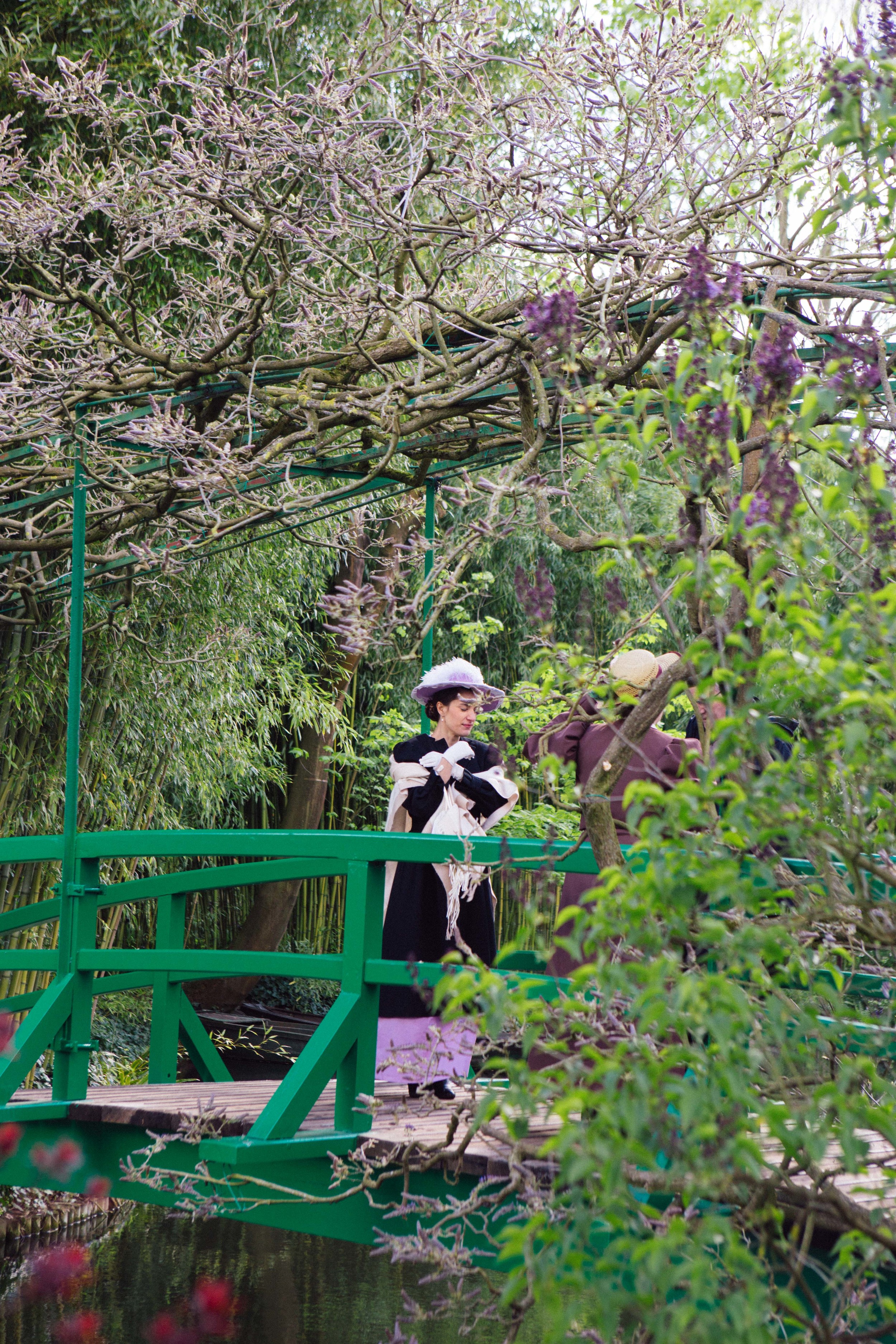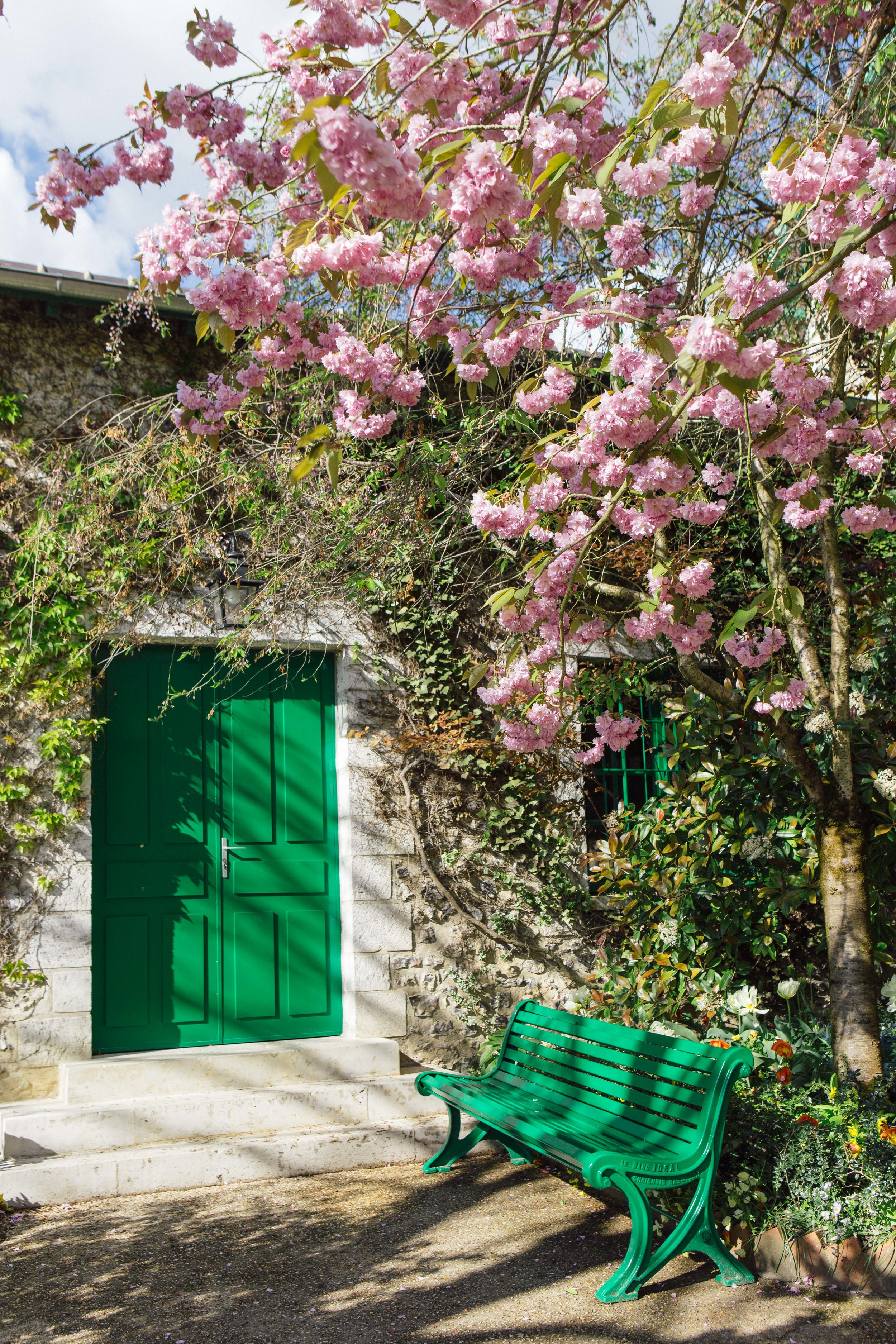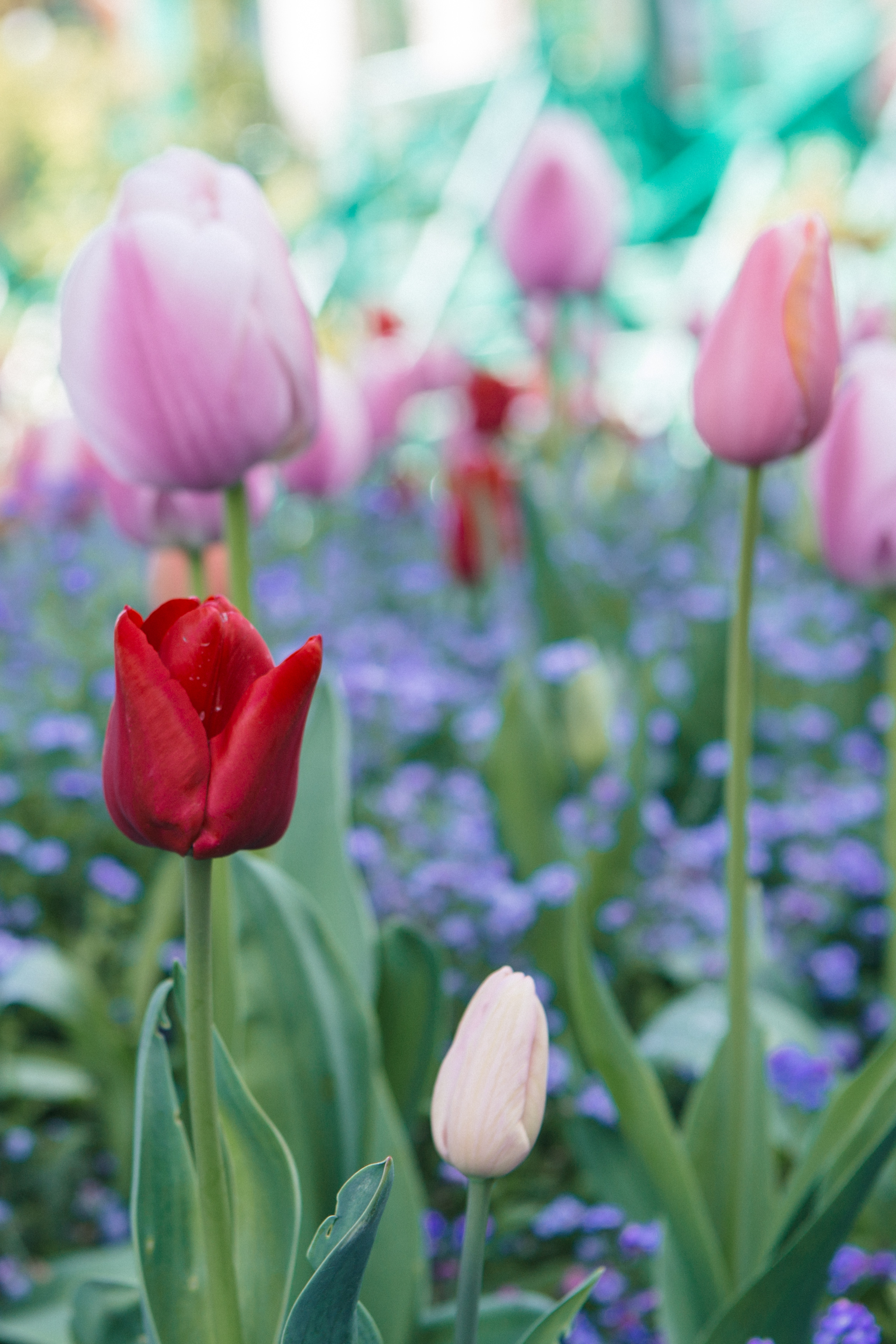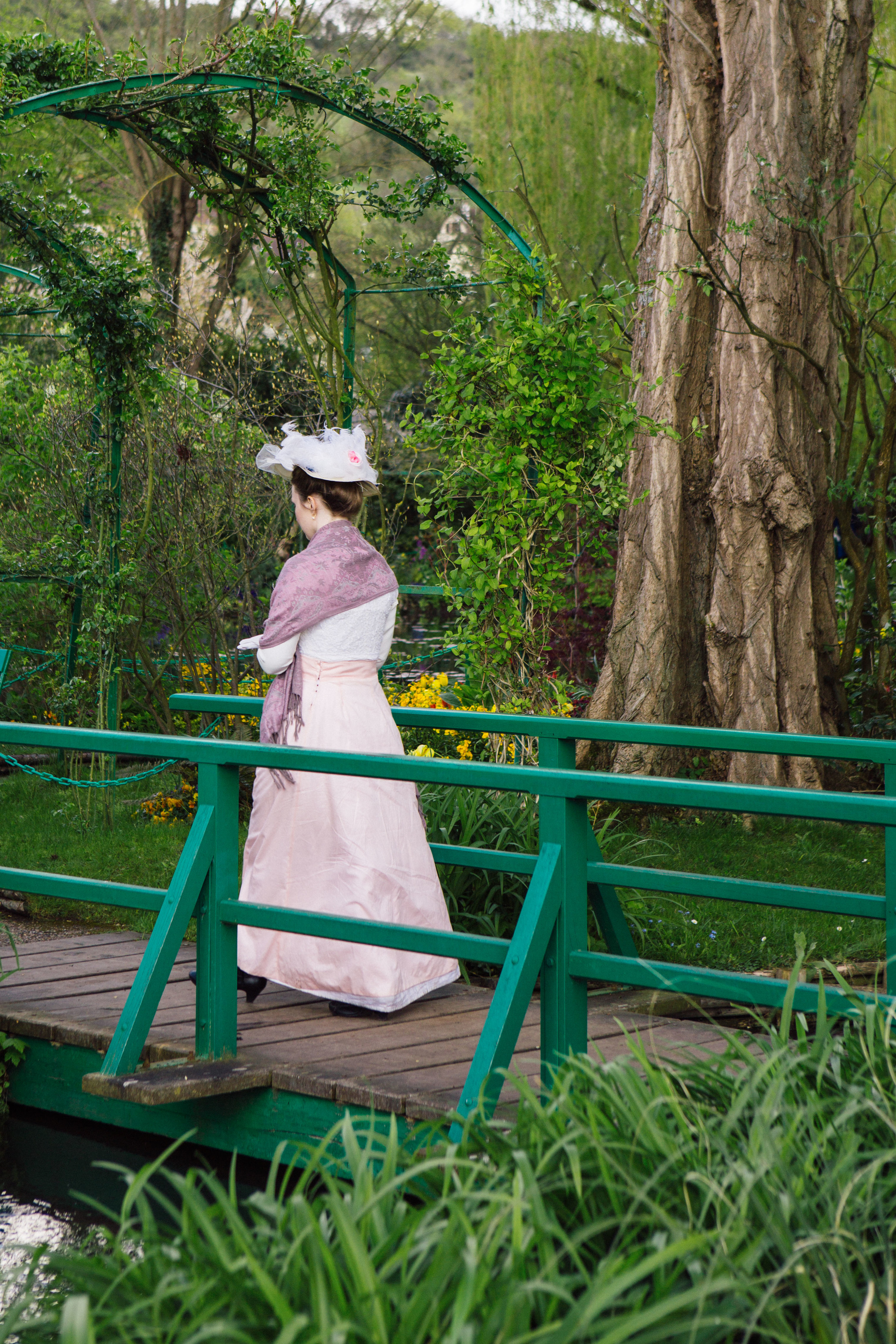If you are following me on Instagram you could have caught a glimpse of Nice Carnival when I used Instagram Live for the first time. It was not the only reason to visit Nice but Carnival played an important role in making our visit even more special. Coming from London where winter sunny days are rare it was so inspiring just to see the mediterranean colours of the buildings and to fuel my mind and body with some sun.
The above view over the old city of Nice is from Castel Hill - it's possible to take a free lift or climb the stairs to go up.
I couldn't get enough of the colours of Nice Old Town - it's narrow streets and brightly coloured facades that reflect the colours and style of Sardinian architecture.
I have to be honest - I don't normally like big crowds of people and was a bit sceptical in the beginning about visiting Nice Carnival. I was surprised how well it was organised and how much fun it turned out to be! We visited on the day of Light Festival. It lasts for 2 weeks and there's also a Flower Parade and lots of other events - more info can be found here.
I was a guest of Cote d'Azur tourism. All opinions are my own. We stayed in Hotel Ellington that has a perfect central location - a few minutes walk from the old town and Nice Carnival events.





